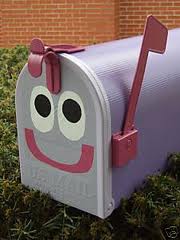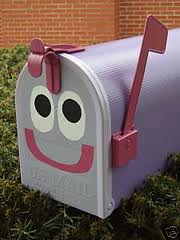Topics:
ChecklistsSubscribe now and get the latest podcast releases delivered straight to your inbox.
Email Marketing Checklist: Create Emails Your Leads Want to Read

May 6, 2013

 Ever since social media gained popularity, email marketing seems to have lost its importance in many eyes. If you think about it, it's hard to blame them. Emails often have the tendency to seem like a machine just copy and pasted your name into the heading.
Ever since social media gained popularity, email marketing seems to have lost its importance in many eyes. If you think about it, it's hard to blame them. Emails often have the tendency to seem like a machine just copy and pasted your name into the heading.
Just because email marketing campaigns seem less popular, does not mean that they are no longer effective. If done correctly, your email marketing campaign can be a vital tool, and can help send your prospects further down the sales funnel.
Check out these useful tips to help prep your next email marketing campaign. Following these simple guidelines will help you create emails your leads want to read, and will help your email marketing campaign benefit your lead nurturing process.
10 Tips to Create Emails Your Leads Want to Read:
1. Segment your Contact Database
The days of blasting emails to your entire contact list are over. Implement list segmentation in order to send more targeted emails to the right contacts at the right time. You’ll see improved open and click rates which will result in more qualified traffic and lead reconversions.
2. Consider Sending from a Person
You know that email you sent from noreply@xyzcompany.com? It’s killing your email open rate. Start sending emails from a contact at your company (preferably one in order to stay consistent and develop trust.) This humanizes your brand and significantly improves your open and click rates.
3. Personalize Marketing Emails
Solicited marketing messages simply don’t resonate with consumers anymore. Personalize your emails in order to avoid sounding like a used-car salesman. HubSpot’s email tool enables you to personalize each email to use a contacts specific name as well as any offer they’ve downloaded in the past. Show your contacts you know a little bit about them, and the response will be overwhelmingly positive.
4. Test Your Email Template
In order to ensure cross mail client compatibility, it’s important to test your email template across the various browsers to make sure the user experience isn’t lost. You can have a beautifully designed template, but if it’s falling apart in several of the browsers, it will certainly have a negative impact on the success of your email campaign. You worked hard to create a great template, make sure it’s optimized across the board.
5. Optimize Emails for Mobile
With nearly a third of all emails being opened on a mobile device, it’s critical that you’re designing your email templates for mobile as well. Always consider the user experience. With mobile devices, you’re working with a much smaller space, therefore it’s essential that your emails are optimized and designed accordingly as to allow recipients to navigate your emails with ease.
6. Keep Emails Short & Sweet
Your contacts are busy. Chances are they receive dozens of emails every day. Don’t waste time with long winded emails that take too long to convey value. Using compelling, actionable language, state the value of the email immediately while also giving them direction. Format your content into shorter sentences and paragraphs, making them easy to scan and derive value from.
7. Avoid Spam Words
Avoid landing in your contacts SPAM box by not using trigger words like; as seen on, FREE, numbers (join millions of Americans), and hey (insert name here.) Approach email subject lines the same as you would a blog title; make them brief, actionable, and conveying value.
8. Create Plain Text Version
Some browsers and contacts won’t be able to receive the HTML version of your email. To accommodate this portion of your contact list, generate a plain text version as well, which will actually keep your email out of SPAM folders.
The content will remain the same. The only difference will be some of the formatting will be adjusted in order to accommodate all of your contacts. This is critical, as you don’t want to leave a large portion of your contact list out and lose out on potential visits and conversions.
9. Utilize Social Sharing
Featuring social sharing buttons in emails is a proven way to expand the reach of your content as well as increase brand awareness. Allow your contacts the opportunity to share any content they find helpful via social media, as this can effectively help build your followings as well.
10. Remove Hard Bounces from Database
A hard bounce is a permanent failure to deliver an email usually caused by a non-existent, invalid or blocked email address. You should remove any hard bounces from your contact database as they can negatively impact the deliverability and sender score of your email. A sender score is a rating of 0-100 of your outgoing mail server IP. Your score can change based on your sending habits and the responses of your recipients.
Want to see more checklists like this???
To see our complete inbound marketing checklist, make sure you download the free ebook below! Trust us, it’s our best ebook yet!


Order Your Copy of Marcus Sheridan's New Book — Endless Customers!